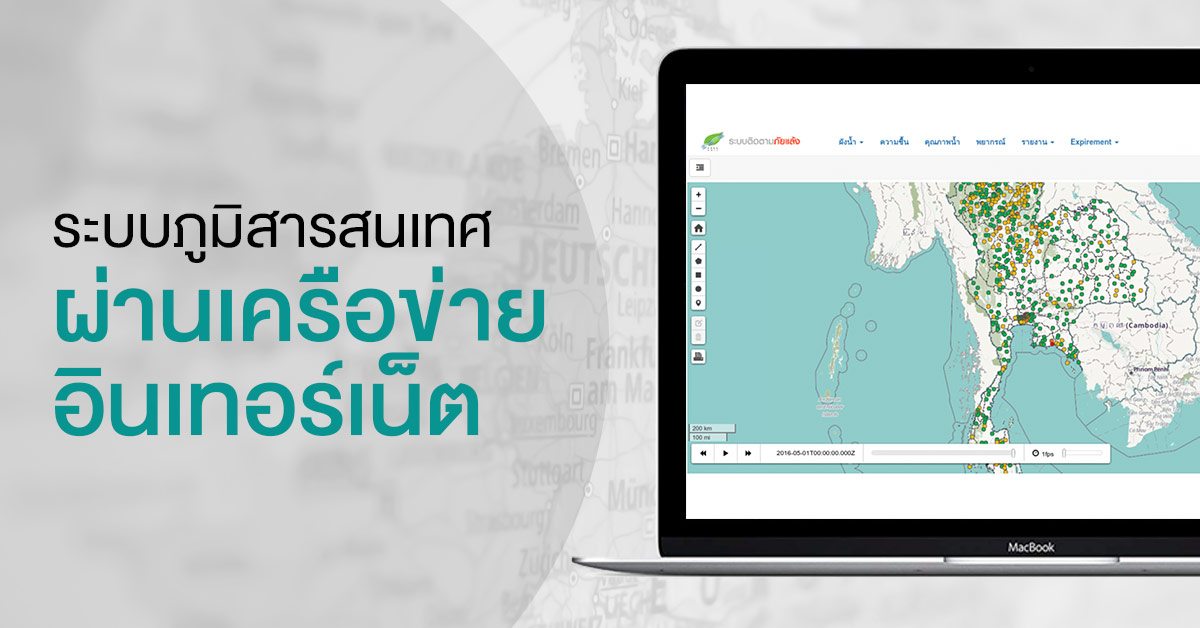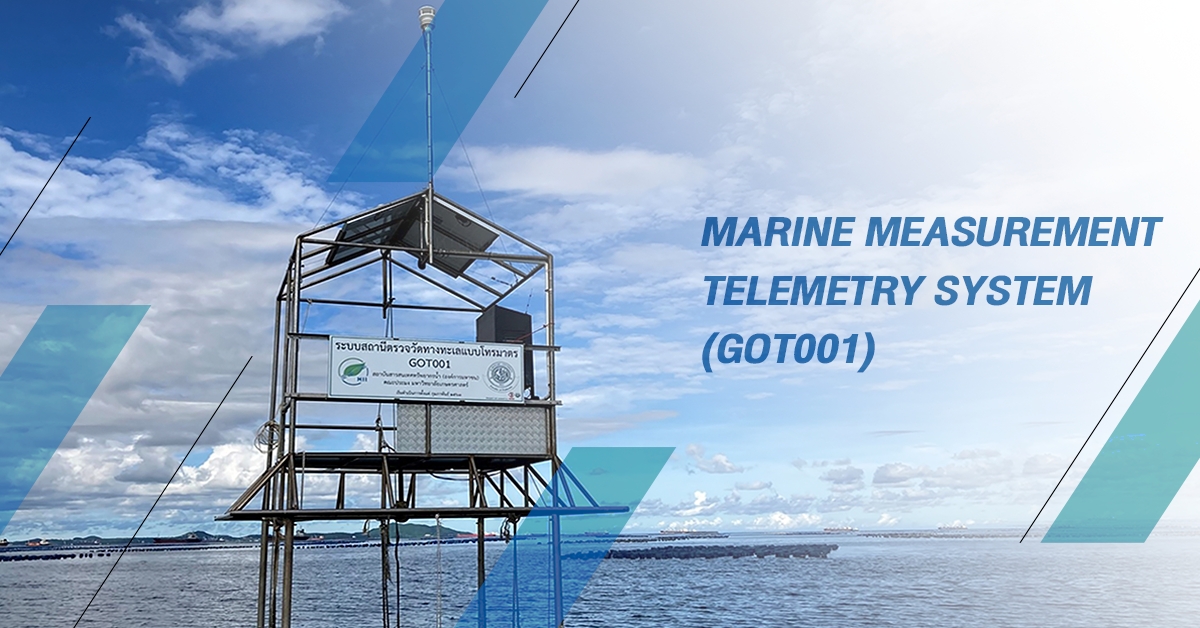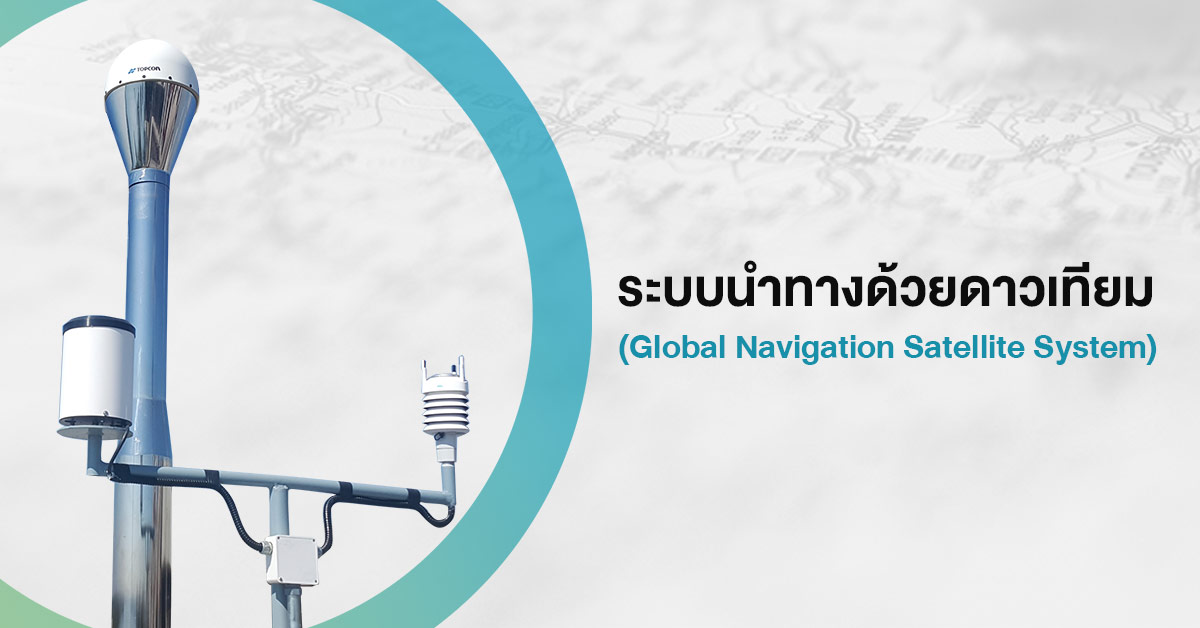
Internet GIS/MIS
22/04/2020
Internet Geographic Information System (GIS)/ Management Information System (MIS)
Internet GIS/MIS is an application of internet and data system to manage Geographic Information System (GIS). The information will be used to manage, analyze, and solve various problems and increase the efficiency of data management. The integration of GIS and MIS will enhance efficiency of this development in order to adapt to the real-time global changes.
1. Geographic Information System or GIS
Geographic Information System is a method to present data of different areas in term of map for easy understanding. The information comprise of layers of information which mainly depended on users’ needs, such as details of different areas, or environmental damage analysis. In term of geographic, the data is divided into two types, spatial data and non-spatial data. Spatial data is the set of information that refers to geographic identities of areas. Non-spatial data refers to data that is related to geography e.g. level of poison in water or current environmental status.

2. Management Information System or MIS
Management Information System or MIS is the informative or data management from statistical analysis. The information will be presented in various formats, such as population, rainfall, and etc. MIS aims to support operation, management, and decision making in solving various problem. However, the gathered information should be updated, accurate, and fast for a prompt and suitable response such as building reservoirs in specific areas for water resources management, or domestic paddy cultivated area in agro-informatics network.
3. Spatial Database System
The system focuses on spatial information which are categorized into 3 types:

1) “Point” to indicate the location of the area, such as the location of a province or village. 2) “Line” to indicate connection between areas, usually interprets in a polyline, such as water route or road 3) “Polygon” to identify the shape and boundary of the area, such as province or lake.
Picture 2 shows spatial data of all 3 types
Area-base Data Model is categorized into 2 types
1) Raster is used in data collection in square table or “Grid Cell. The value of data will be substituted into an image spot, and each cell contains a single value which allocates in X and Y-axis.
2) Vector ข้อมูลแบบ Vector นี้จะแสดงเป็น จุด เส้น รูปหลายเหลี่ยมหรือพื้นที่ ข้อมูลที่ จัดเก็บจะอยู่ในรูปพิกัดตำแหน่ง (X Y) ถ้าตำแหน่งเดียวจะหมายถึงจุด (POINT), 2 ตำแหน่งหรือมากกว่านั้นหมายถึงเส้น (LINE), 3 ตำแหน่งขึ้นไปหมายถึงพื้นที่ (POLYGON)
2) Vector data will display in point, line, or polygon. Information will be recorded in X & Y coordinate. Single location means POINT. 2 locations are LINE. And from 3 locations or above means POLYGON.
4. System Architecture
Informatics data is collected in Geo Server with layers, groups of Layer, and map styles in the PostGIS database. These information is provided through the Web Map Service (WMS) which the end-user will use Leaflet to view the map with facilitation from D3.js for laying complex vector layers.

The system is consists of:
• Database and Area-based on PostgreSQL/PostGIS
• Map Engine (Geo Server) to collect data in layers and provide data service through Web Map Service (WMS)
• Language: Apache as a Web Server and PHP Laravel Framework as the development language
• Display: HTML5, CSS3, Leaflet, and D3.js
• Base map: OpenStreetMap







